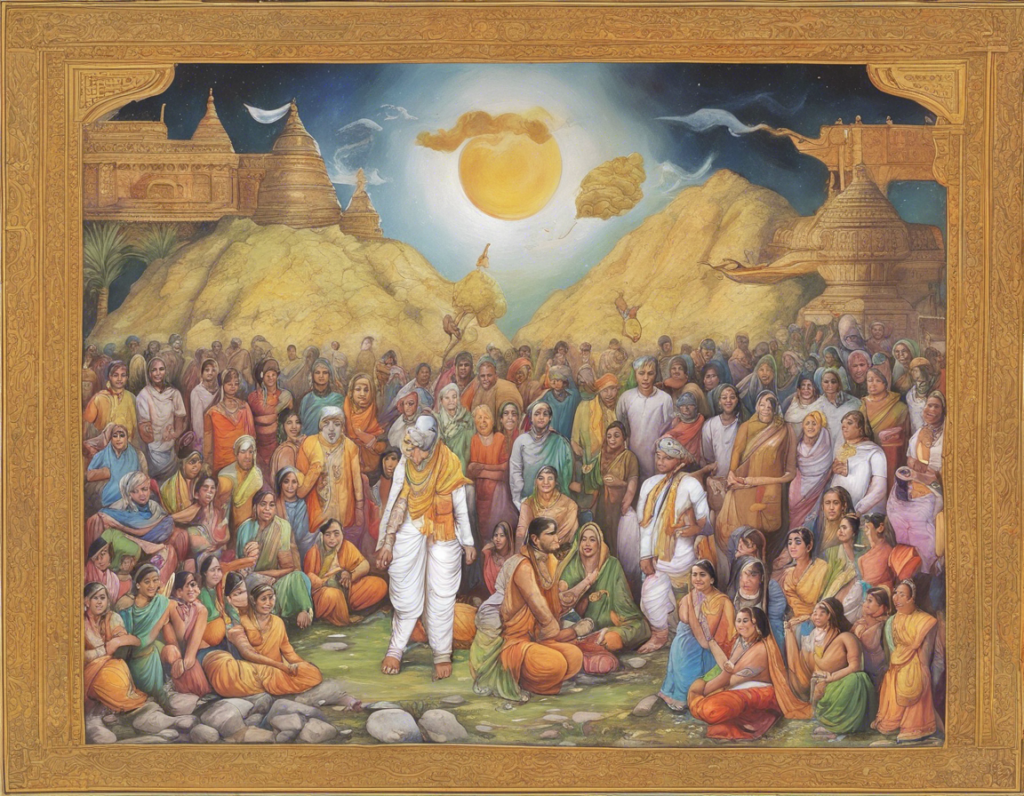India’s Chandrayaan-2 mission has undoubtedly been a significant milestone in the country’s space exploration endeavors. Launched by the Indian Space Research Organisation (ISRO) on July 22, 2019, this mission aimed to demonstrate India’s capabilities in soft-landing on the moon. While the mission faced some challenges along the way, it has provided valuable insights and data that will contribute to future space exploration initiatives. In this article, we will delve into the journey of Chandrayaan-2 and how far it has reached in its quest to explore the moon.
The Launch and Journey
Chandrayaan-2 was launched from the Satish Dhawan Space Centre in Sriharikota, India, atop a GSLV Mk III rocket. The spacecraft consisted of three modules: the Orbiter, the Lander named Vikram, and the Rover named Pragyan. The primary objective of the mission was to explore the lunar surface, particularly the south pole region, which had not been explored extensively before.
Key Milestones
-
Orbiter: The Orbiter module of Chandrayaan-2 continues to orbit the moon successfully. It carries a suite of scientific instruments to study the lunar surface, atmosphere, and exosphere.
-
Vikram Lander: The Lander module, named after Dr. Vikram Sarabhai, the father of the Indian space program, aimed to make a soft-landing near the moon’s south pole. However, during the descent on September 7, 2019, ISRO lost communication with the Lander when it was just 2.1 kilometers above the lunar surface. Despite this setback, the Orbiter continues to function as intended.
-
Pragyan Rover: The Pragyan Rover was housed inside the Vikram Lander and was designed to move on the lunar surface, conducting experiments and sending data back to Earth. Unfortunately, the loss of communication with the Lander meant that the Rover could not be deployed.
Significance of Chandrayaan-2
Chandrayaan-2 holds immense significance for India’s space exploration ambitions. It showcased ISRO’s technological capabilities, including the ability to launch missions to the moon and orbit lunar bodies. The mission also aimed to study the distribution of water molecules across the lunar surface, which is crucial for future manned missions to the moon.
Challenges Faced
While Chandrayaan-2 has been a remarkable mission, it did face challenges, particularly during the soft-landing phase. The loss of communication with the Vikram Lander was a setback, but ISRO learned valuable lessons from the experience, which will be instrumental in planning future missions.
Future Plans
ISRO has not lost sight of its lunar exploration goals. The space agency is actively working on Chandrayaan-3, which will aim to land on the moon successfully. By incorporating the lessons learned from Chandrayaan-2, ISRO is optimistic about the success of its upcoming missions.
FAQs (Frequently Asked Questions)
-
What was the main objective of Chandrayaan-2?
Chandrayaan-2 aimed to demonstrate India’s capabilities in soft-landing on the moon and to study the lunar surface, particularly the south pole region. -
What happened to the Vikram Lander during the mission?
Communication with the Vikram Lander was lost during the descent phase when it was just 2.1 kilometers above the lunar surface. -
Is the Orbiter module still operational?
Yes, the Orbiter module of Chandrayaan-2 continues to orbit the moon successfully and conduct scientific experiments. -
What was the significance of the Pragyan Rover?
The Pragyan Rover was designed to move on the lunar surface, conduct experiments, and send data back to Earth. However, it could not be deployed due to the loss of communication with the Lander. -
What are ISRO’s future plans for lunar exploration?
ISRO is actively working on Chandrayaan-3, which will aim to land on the moon successfully and further India’s lunar exploration efforts.
In conclusion, Chandrayaan-2 may not have achieved all its objectives, but it has undoubtedly been a stepping stone in India’s space exploration journey. The mission has showcased the country’s technological prowess and laid the groundwork for future lunar exploration missions. With Chandrayaan-3 on the horizon, India’s ambitions in space exploration are poised to reach new heights, cementing its position as a key player in the global space community.

